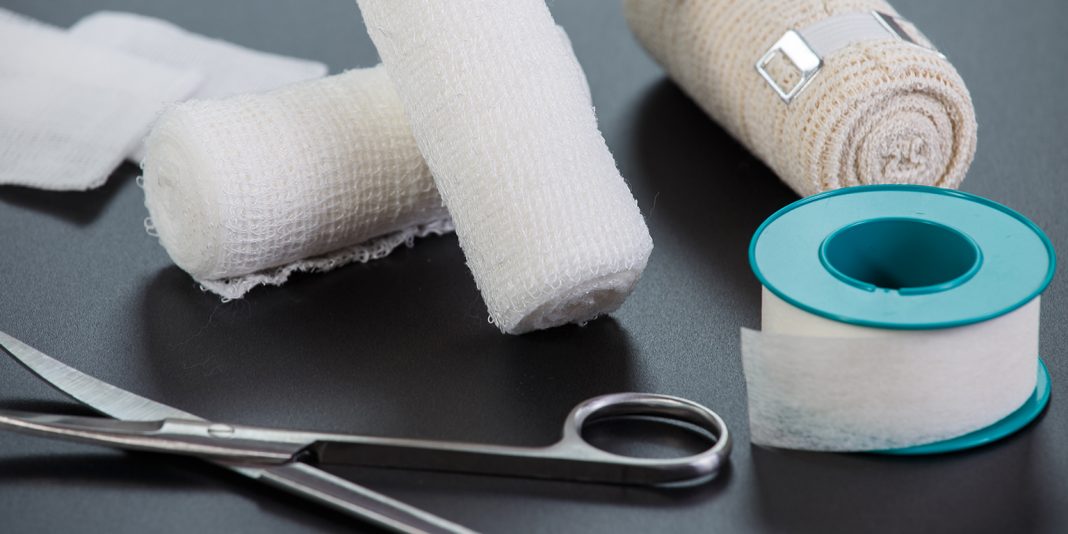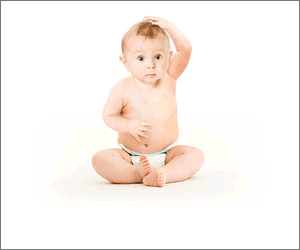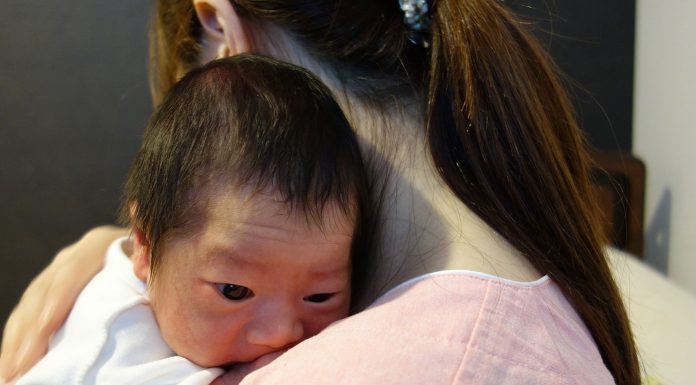Which is one reason charge nurse manager Diane Haugh says the primary nursing model is still favoured in Ward 16 that cares for some very high acuity patients.
“I guess for the surgical nurse there’s a lot of tasks – drains, drips, wounds and nutrition sometimes going in peripherally and sometimes through Peg tube,” says Haugh.
“So to say to a HCA ‘please can you shower that patient’ … their likely response is like ‘oooh … where do I start’,” says Haugh.
“If you got somebody up and they stood on the drain, it’s actually very detrimental to that patient. So in a surgical setting, I think it’s probably more difficult than in the medical.”
Apart from the technical challenges of showering a surgical patient, Haugh’s nurses tell her they still prefer to shower their own patients so they can do a skin and functional assessment.
“It’s a time to chat with the patient and talk about all those things that are so important, like what’s your home situation and do you have support.”
Haugh hasn’t known anything else than the primary model apart from two years in the United Kingdom where the model was “very much” that the HCA did care tasks for you to the point of sometimes doing vital signs and blood pressure.
“I found it quite scary, but I wasn’t brought up that way,” recalls Haugh. “I just found it very hard to rely on an HCA who doesn’t necessarily have the training. I just had to continually chase the carer to give me that information and they weren’t that forthcoming.”
She agrees the crux of moving to a skill mix, team nursing model is having the right education and the right support.
Nicky Graham, surgical nursing director, says it has adopted team nursing in some areas in surgical and is likely to look to it more in the future.
“I think the challenge, is as we are moving more and more patients into community sooner and sooner, the complexity of patients we have here is quite high … even something that seems relatively simple like a shower does actually become quite a complex task.”
Christchurch Hospital Ward 16 (+ SARA unit): Primary nursing model of care
- Ward 16 is a 16-bed general surgical ward focused on upper gastrointestinal and hepatobiliary (liver/pancreas, etc) surgery.
- SARA (surgical assessment and review area) is a 12-bed unit at front of ward to assess acute patients.
- Charge nurse manager (CNM):
- Diane Haugh (Brown) plus RN co-coordinator without patient load in SARA to manage patient flow.
- Eight RNs per morning and afternoon shift plus two hospital aides (one in Ward 16 and one in SARA).
- Average ratio of one RN per four patients depending on acuity (each RN has a ‘buddy’ on a shift).
- Ward 16 has two six-bed rooms and four single side rooms.
- Team handover in separate room each shift followed by allocation of patients and
- one-on-one handover of patients by their primary RN.
- CNM each morning leads 15-minute board round with allied health – social worker, physiotherapist, occupational therapist, dietitian, and sometimes a geriatrician – to discuss patient progress and discharge plans.
- Plus similar support by CNS, nurse educators and other nursing services similar to those available to Ward 27 (see here for more info).






















